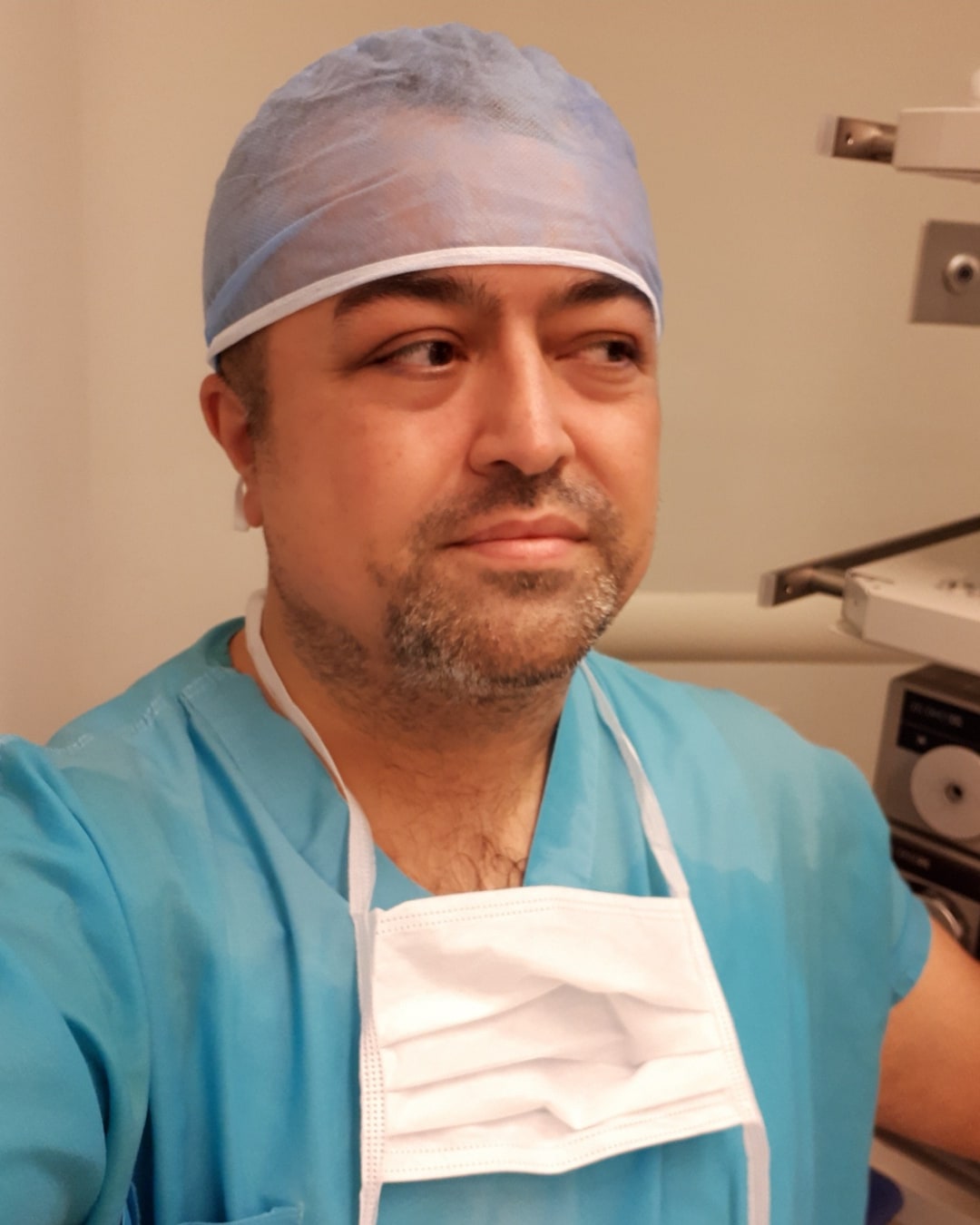What I Provide Treatment
Bedwetting Problems
Urgent urge to urinate (urinary urgency)
Adolescent Varicocele (Varicocele
in
Varicocele)
Bedwetting Problems
Urgent urge to urinate (urinary urgency)
Adolescent Varicocele (Varicocele
in
Varicocele)
Endoscopic ureter stone treatment is a method used to treat stones in the ureter, one of the tubes that carries urine from the kidneys to the bladder. It is performed by inserting an endoscope into the ureter. Endoscopic ureteral stone treatment is usually used in the following cases:
The treatment of kidney stones performed with rigid ureteroscopy is referred to as URS. There are various alternative treatments for kidney stone treatment. We have previously discussed PNL, RIRS, and ESWL treatments. The choice of treatment type varies depending on the size and location of the stone, but these three alternatives are used interchangeably. With these methods, the stone inside the kidney is either removed from the body or expected to be expelled with urine. Sometimes a kidney stone may pass out of the kidney spontaneously or as a result of a procedure, but it may get stuck in the urinary tract due to its shape or size. In such cases, the treatment of choice is URS. In URS, no incision is made in the patient's body. The patient's urinary tract is accessed with a device called a ureteroscope. The kidney stone is intervened with a stone-breaking instrument and is broken into pieces. Large pieces are removed from the body during the procedure with the help of equipment called a basket. The remaining stone dust is expected to be expelled through the urinary tract.
URS is performed in an operating room environment and is often done under general anesthesia. Once the rigid ureteroscope is inserted into the patient's urinary tract, the stone is reached. At this point, the kidney stone is broken into pieces using a laser or pneumatic stone-breaking equipment. Subsequently, large stones are removed from the body using an instrument called a basket. Small stones can easily be passed through the urinary tract. The duration of the procedure varies depending on the size and hardness of the stone, typically taking between 30-60 minutes. At the end of the operation, a thin plastic stent called a double-J (DJ) stent is placed in the ureter, which has one end in the kidney and the other end in the bladder. The reason for placing this stent may vary. If the stone is adhered to the ureter walls, if the procedure has been lengthy, if there is damage to the ureter during the procedure, or simply as a precaution, a DJ stent may be inserted. The stent is usually removed 1-6 weeks after the URS operation, with close monitoring through cystoscopy. It is essential to ensure that it does not remain in the body for more than 2 months.
URS treatment is the first choice when a kidney stone is located in the urinary tract. Kidney stones sometimes move out of the kidney on their own but can become stuck in the urinary tract due to their size. Additionally, after ESWL treatment, if a stone cannot be completely fragmented and exits the kidney, it may become trapped in the urinary tract. In such cases, URS is performed.
If the stone is located inside the kidney's cavities, this method is not applied. It is not performed on patients with active urinary tract infections, severe bleeding problems, or orthopedic issues in their legs. Moreover, it cannot be performed on patients who are not suitable for anesthesia since the procedure is performed under general anesthesia.
After the procedure, patients may experience:
When Should I Call My Doctor After the Procedure?
RIRS and URS are quite similar procedures. In both methods, no incision is made in the patient's body. Access is made through the urinary opening. In URS, a rigid ureteroscope is used, while in RIRS, a flexible ureteroscope is used. RIRS can be described as an advanced version of URS. URS is used to treat stones located in the urinary tract, while RIRS can treat stones inside the kidney.
Bladder stones are removed through open surgery and other treatment alternatives. Bladder stones can form due to nerve damage, bladder outlet obstruction, prostate enlargement, or urinary tract infections, and they can also occur for congenital reasons. When their symptoms are observed, it is crucial to seek treatment, as they can lead to various obstructions and kidney damage if left untreated.
Here are some of the multidisciplinary programs we offer:

Dr. Taner CEYLAN graduated from Ankara Private Yükseliş College in 1991 and Hacettepe University Medical School in 1997. Faculty of Medicine. In 1998, he started to work as an assistant at Ankara Numune Training and Research Hospital and In 2002, he became a Urology specialist. As a urologist, he worked at Ankara Numune Hospital and Ankara Yenimahalle He worked at the State Hospital.
In 2015, he successfully passed the Sub-Subspecialty Examination in Medicine and graduated from Hacettepe He started his subspecialty residency in Pediatric Urology at the University Department of Urology. In 2019, he started his residency in Pediatric He became a subspecialist in urology. In the same year, he passed the European Pediatric Urology exam in Leuven-Belgium. Certificate of Expertise (FEAPU).
As a Pediatric Urology specialist, he started his compulsory service at Hatay Antakya State Hospital. and completed his compulsory service obligation in Ankara Dr. Sami Ulus Children's Hospital in 2022. Dr. Taner CEYLAN has been continuing his professional life only in the field of pediatric urology since 2016 and diagnosis of congenital and acquired urologic pathologies in childhood and medical and surgical is interested in treatment. Dr. Taner CEYLAN, who speaks fluent English and intermediate German, is married and has 2 sons.